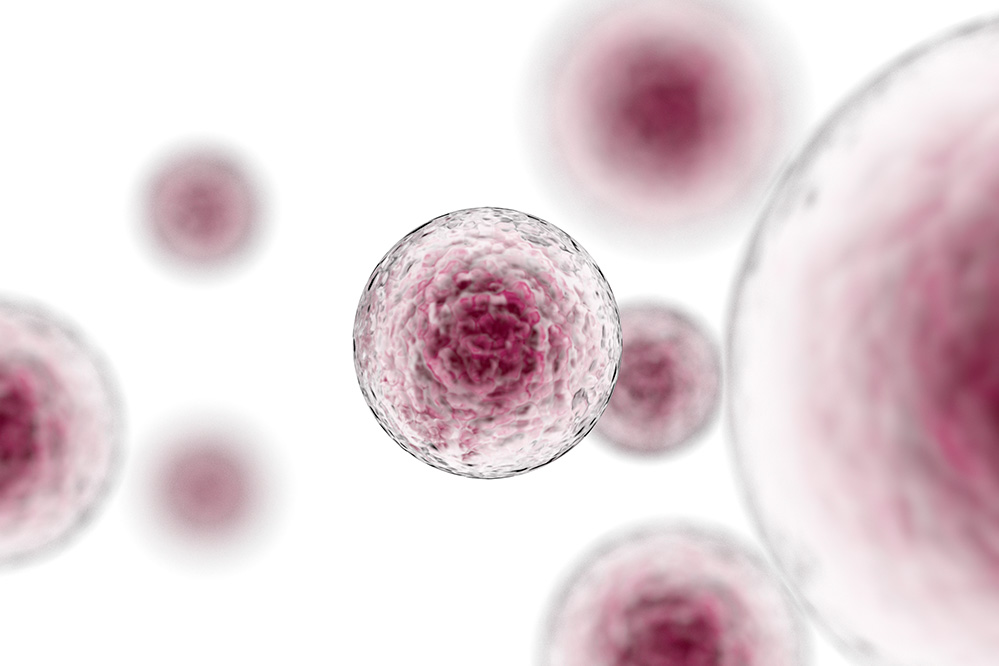
In this blog post, we’ll dive into what triple breast cancer is, and how 3D cell culture can play a crucial role in finding novel treatments as illustrated in our newest application note.
*Note: You can download the full publication note in the bottom of the page.
3D research methods are becoming increasingly popular in the field of breast cancer research. The method offers several advantages over traditional 2D methods. One key advantage of 3D methods is that they allow researchers to model the complex more accurately, three-dimensional structure of tumors, which can provide valuable insights into their development and progression.
In contrast, 2D methods only offer a limited, two-dimensional view of tumors, which can make it difficult to fully understand their underlying biology. This can lead to inadequate treatment strategies and suboptimal outcomes for patients. By using 3D methods, researchers can better understand the specific characteristics of breast cancer tumors. Thus, developing more effective treatments.
Breast cancer is the most commonly occurring type of cancer in women. And unfortunately, the incidence is increasing. The incidents have reached 2.3 million new cases and 685 thousand deaths globally per year in 2020. While TNBC (Triple Negative Breast Cancer) is particularly aggressive, it ‘fortunately’ only accounts for 10 – 15 percent of breast cancers diagnosed worldwide [1].
Read more: 3D Cell Culture with the CelVivo system
What is triple negative breast cancer?
Triple-negative breast cancer (TNBC) derives its name from the fact that the cells grow despite not having the growth-stimulating receptors for estrogen, and progesterone and expressing only low levels of HER2 (an epidermal growth factor receptor). This makes the normal treatment for breast cancer – anti-hormone treatment ineffective leaving chemotherapy as the primary line of care. Surgery and radiotherapy as the alternative treatment options.
Breast cancer cell lines have been extensively used to understand disease development and identify potential new treatments [2,3]. Of the more than 45 different breast cancer cell lines characterized, at least 27 are derived from TNBC.
In 2D culture these cell lines are usually indistinguishable from non-transformed primary mammary epithelial cells. Clear evidence of the importance of the 3D microenvironment for cell growth was provided by the observations that while primary cells developed polarised, lumen containing structures in 3D, the tumour cell line clusters were disorganised (and that stellate or grape-like ‘cluster patterns’ depended on the particular cell line being used) [4].
Primary TNBC tumours have been shown to be clonally diverse and evidence suggests that the subclones may interact to maintain some type of homeostatic balance between them and promote tumour growth [5].
Of these TNBC cell lines MDA-MB-231 exhibit the epithelial to mesenchymal transition (EMT) associated with BC metastasis [6]. This plasticity has been shown to play roles in cancer cell survival, invasion, tumour heterogeneity, the formation of metastases and the development of resistance to therapy. In an exciting paper, it has been suggested that this plasticity can be exploited to force the cells to transdifferentiate into adipocytes and lose their metastatic capacity [7]
As inescapable conclusion is that 3D cell culture is providing a deeper understanding of many diseases (and not only breast cancer described here) and this opens new approaches to their treatment.
In our newest application note you can read about how the role of 3D cell culture can help understand disease and find novel treatments.
